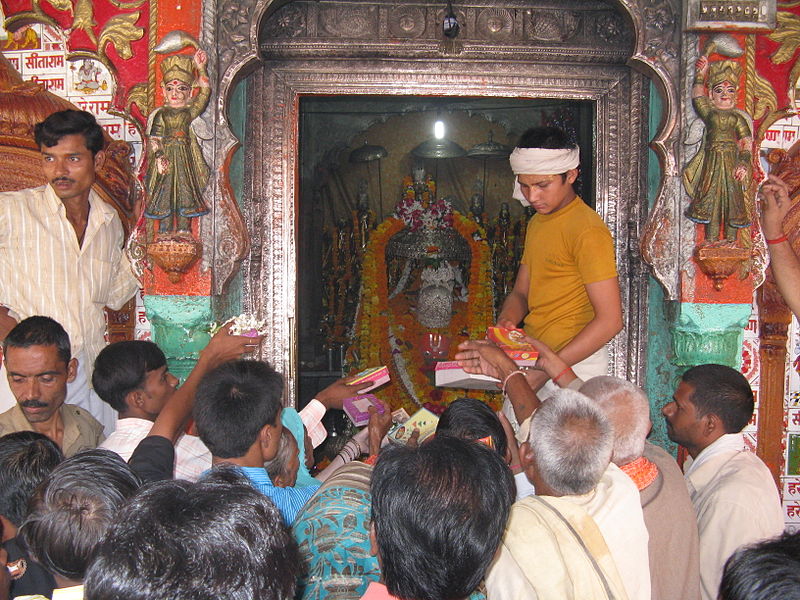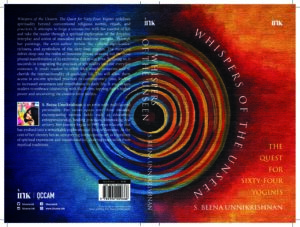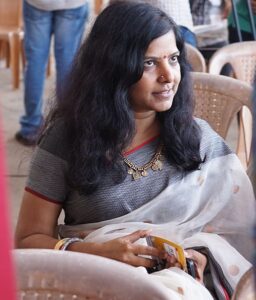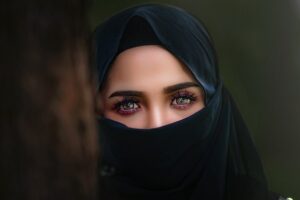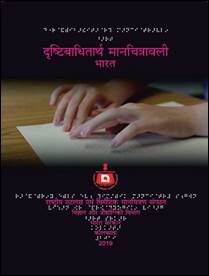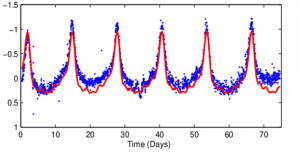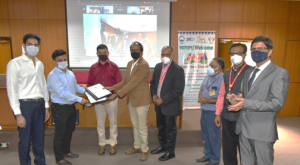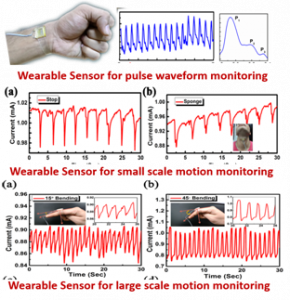‘Ardhanareeswarar explains how inseparable masculine and feminine in us are’
Whispers of the Unseen: The Quest for Sixty-Four Yoginis intends to redefine spirituality. Excerpts from the book:
THC Bureau | April 24, 2024 12:36 pm
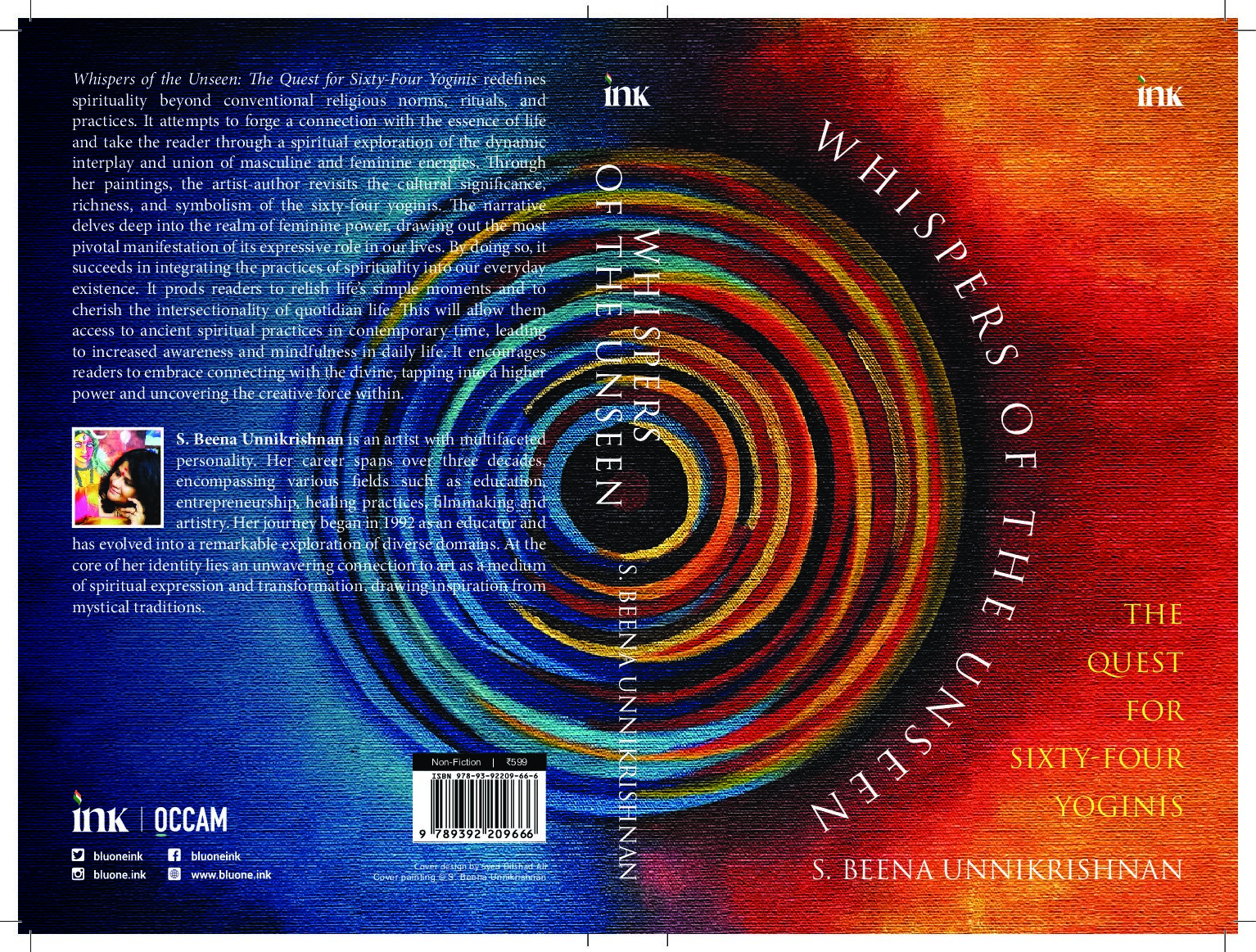
Whispers of the Unseen: The Quest for Sixty-Four Yoginis, published by BluOne Inc, intends to redefine spirituality beyond conventional religious norms, rituals, and practices. The author, S. Beena Unnikrishnan, is an artist with multifaceted personality. Her career spans over three decades, encompassing various fields such as education, entrepreneurship, healing practices, filmmaking, and art. Bibek Debroy, Chairman, Prime Minister’s Economic Advisory Council (PMEAC), wrote the Foreword.
Excerpts from the book:
There are sixty-four yogini temples in various states of disrepair and disuse. Typically, they are hypaethral, with no roof. Perhaps, the most famous of these, in better states of preservation, are the two in Odisha (Hirapur and Ranipur-Jharial). The one in Mitaoli, Morena, is also worth mentioning, although the statues of the sixty-four yoginis are missing there. In addition, there are Khajuraho and Bhedaghat. Down the years, several temples have been plundered and looted. It is obvious the yogini cult spread across a vast geographical swathe of Bharatavarsha, especially the north and the west. Yet, beyond the somewhat superficial, there hasn’t been much work on yoginis.
Ardhanareeswarar
The Ardhanareeswarar form explains how inseparable the masculine and the feminine in us are. It represents the presence of masculine and feminine power in us. The realisation of the power of this duality in us can take us to a perpetual state of ecstasy. The union of Prakriti and Purusha is the source of power of all creation. As per Indian philosophy, Prakriti is often described as the fundamental cosmic essence from which all existence emanates. In contrast, Purusha embodies the very spirit that orchestrates our lives and defines our perception of reality. The presence of these cosmic forces is not confined to the cosmos alone; rather, they find their dwelling within us, shaping our very essence. Just as our bodies comprise the elemental building blocks known as Pancha Bhutas or the five elements, so do they contain traces of Prakriti and Purusha, rendering us a microcosmic universe in our own right.
My visit to the Adi Shakti Peeths
The Kamakhya Temple is located atop the Nilachal Hills and is one of the most revered temples in the tantric practice. The yoni or the genitals of the Goddess Sati are believed to have fallen here after her demise. Kamakhya is also said to be the goddess of menstruation and desire. The yoni is a powerful symbol of femininity, and there exists a sacred, yoni-shaped structure within the temple. Traditionally, the genitals are also said to hold the modesty of a person, and a secretive energy surrounds the subject. For some reason, I felt the same secretive energy at this temple. There was an air of mystery. On one side, I witnessed the slaughtering of animals that are supposed to be offered to the goddess. At the same time, I felt a strong feminine energy radiating through the temple premises. I truly believe that today, in the constant race to do and achieve more, we often tend to suppress our innately feminine qualities , which include emotional sensitivity, nurturance, warmth, expressiveness, and even sexuality, which is often suppressed by society and the expectations it sets on women. I felt as though my visit to the Kamakhya Temple reignited my feminine spirit.
Scripting
Mahamaya represents the system. Beneath her, multiple divisions exist, each led by their respective heads, that are further divided into subdivisions. These entities are known as yoginis. Understanding one yogini alone does not equate to comprehending Mahamaya. To grasp Mahamaya fully, I needed to explore all her manifestations. I came to understand the root cause of fear. Approaching the outer layer is relatively easy, but reaching the core demands significant effort. The misuse of this accessible outer layer, akin to a security guard assuming responsibilities beyond their role, disrupts the entire structure and exposes the individual to potential destruction. This misuse has resulted in the fear surrounding the yoginis. This entire structure is the creative life force existing within every being. This innate capacity for creativity and vitality comes to life when it unites with divine consciousness, the masculine energy. This union signifies the activation and manifestation of creative potential. Whether it is a spiritual or material context, its outcome is consistently positive, yielding goodness on both personal and universal higher purpose. In the real world, a yogini is not merely a yoga practitioner. She is one in harmony with her masculine counterpart. The masculine part here is not the physical partner but is within yourself. This union is always misinterpreted as physical union, which is why yoginis are connected to sexual acts. The union is internal. A yogini is a seed of manifestation. I understood clearly why I was directed to paint the yoginis before painting Mahamaya…Bhairava and Mahakal (Lord Shiva) both embody the essence of time. In non-linear time, Bhairava represents the masculine energy in the creation process. He unites with the expression of Shakti, the yoginis, to manifest in the physical world. Bhairava and the yoginis are dualities that can exist independently. In contrast, Shiva is beyond duality and beyond time, in union with his feminine energy, Mahamaya, the supreme goddess.
(The excerpts have been published with permission from the publisher, BluOne Ink)





